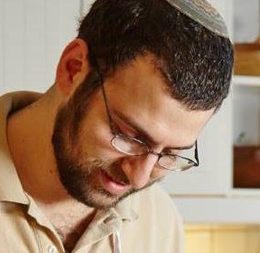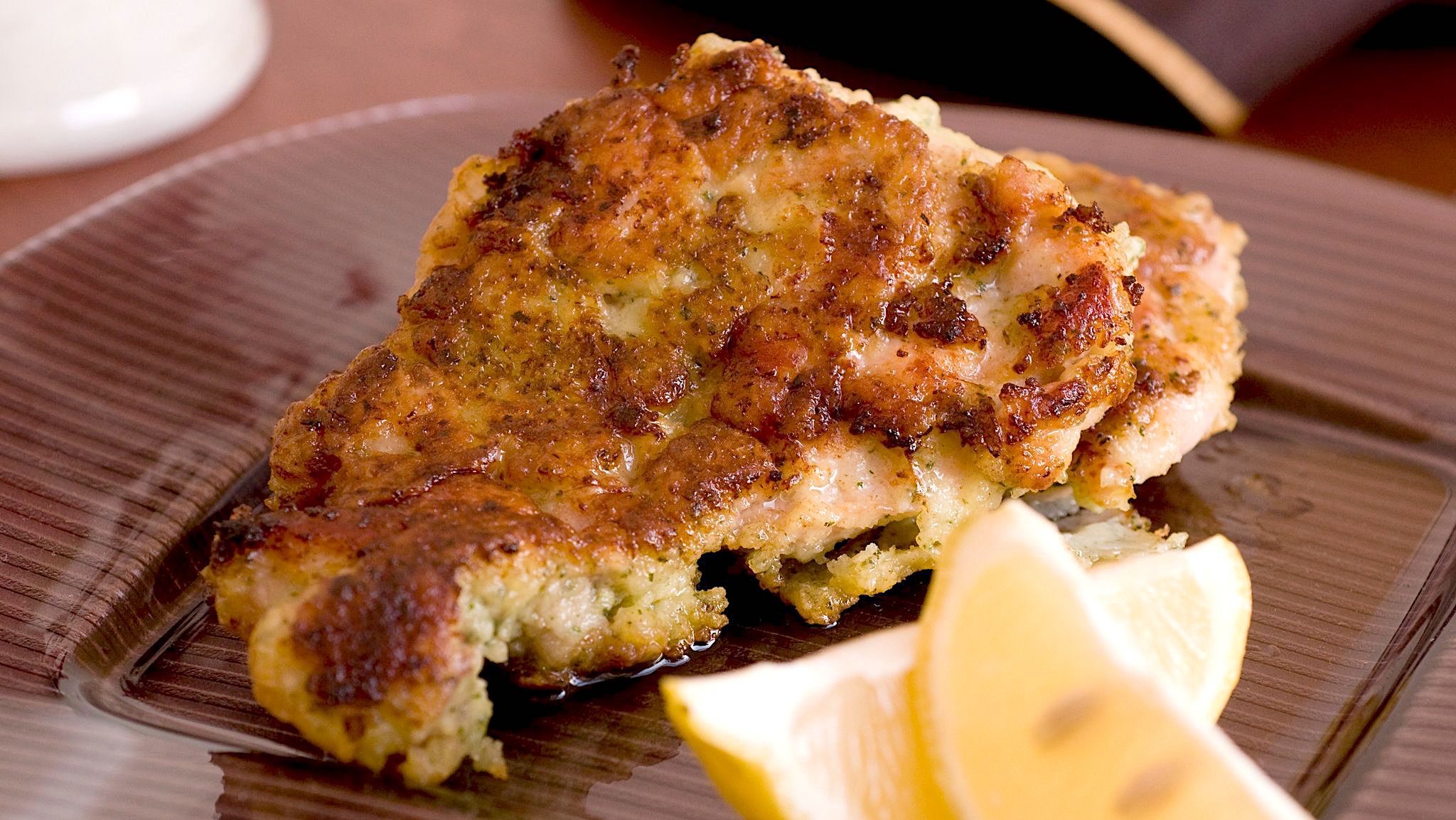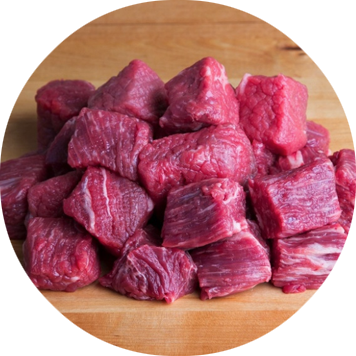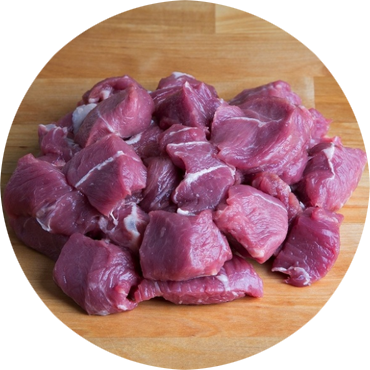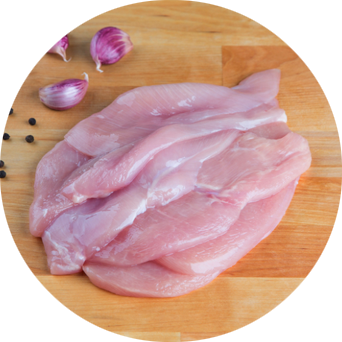You don’t need to be from Texas or have fancy facial hair to smoke amazing brisket — if you start with the right brisket, you can get those results, too. The basic strategy is this: Rub your brisket with seasonings, and cook slowly on a smoker over charcoal or wood. The rest, as they say, is in the details — which we’ll share with you here!
The perfect smoked beef brisket should be tender with a sharp, crisp outer bark of flavor. To achieve this, first gather your ingredients and tools. This includes your whole brisket (which can be 12 to 24 pounds of meat), your selected rub (could be as simple as salt and pepper), choice of wrap (we’ll get to that in a sec), and your smoker or grill.
When you’re ready, here are the basic steps to smoke beef brisket:
- Preheat your smoker to a temperature between 225 and 250 degrees F.
- Trim any excessive amount of fat down to about a quarter inch thick. You do want some fat, but like anything else, in life you can have too much of a good thing. Pro tip: Cold meat is easier to cut.
- Apply your rub. If this is your first brisket, you may want to just stick to coarse salt and pepper so that you’re focused on the taste of the meat rather than the marinade. A couple tablespoons of brown sugar is a great addition to get some extra caramelization.
- Insert your meat thermometer probe into the thickest part of the first cut. Place the brisket in your smoker with the fat covered part on top.
- Let it cook! Check it as little as possible to maintain your smoker temperature, but do keep an eye on the temperature for the same reasons. Depending on your smoker, add wood chunks as needed to keep up a steady flow of smoke.More about the wood: The wood you use, either as the primary fuel source or as added chunks to produce smoke, can have a tremendous impact on flavor. Each type of hardwood has its own unique flavor, but the most popular are hickory, mesquite, and apple. Our founder Naf smokes his meat exclusively with applewood for the sweet and clean flavor of the smoke!
- OPTIONAL: wrap it in a large sheet of foil or butcher paper when the internal temperature reaches 165 degrees F. This can speed the cook time and help retain moisture. But it’s perfectly fine to keep it unwrapped if you have the time.If you don’t wrap your brisket, you’ll like see a “stall” in temperature when you hit the 165-degree mark. Don’t be alarmed — it’s doing what it’s supposed to! The water in the outer ½” of meat is evaporating, which also cools the meat and keep the temperature from rising. This makes a great bark, but slows the cooking. Your brisket will break out of the stall in 1-6 hours and get back to climbing as long as you keep your temperature steady. Wrapping your brisket with foil or paper stops the evaporative cooling and helps the meat move through the “stall” more quickly, but it can negatively impact the development of your “bark”. Naf doesn’t wrap his briskets unless he’s in a rush —but who’s really rushing a smoked brisket?
- Wait for the jiggle! Yep, you can actually *see* when it’s done — use a sharp knife to probe your brisket, or just give it a jiggle. The perfect balance of tenderness and moisture is produced when the collagen in the meat breaks down and converts to gelatin. This occurs when the internal temperature of the meat reaches 185F to 195F. How much you cook it after this point is a matter of taste. Cooked to ~195F, your brisket can be sliced; cooked to ~200F, it will pull apart.
- …but don’t slice it yet! Let it rest for at least one hour before slicing it.
- When you’re ready to serve, cut against the grain with a very sharp knife. Cut smaller slices on the lean side and larger slices on the fattier side. Only cut when you’re ready to serve so it doesn’t dry out.That’s it! All in all, it may take up to 18 hours (!) from beginning to end, so it’s definitely a day-long project. Make sure you have tons of friends and family around to enjoy.


